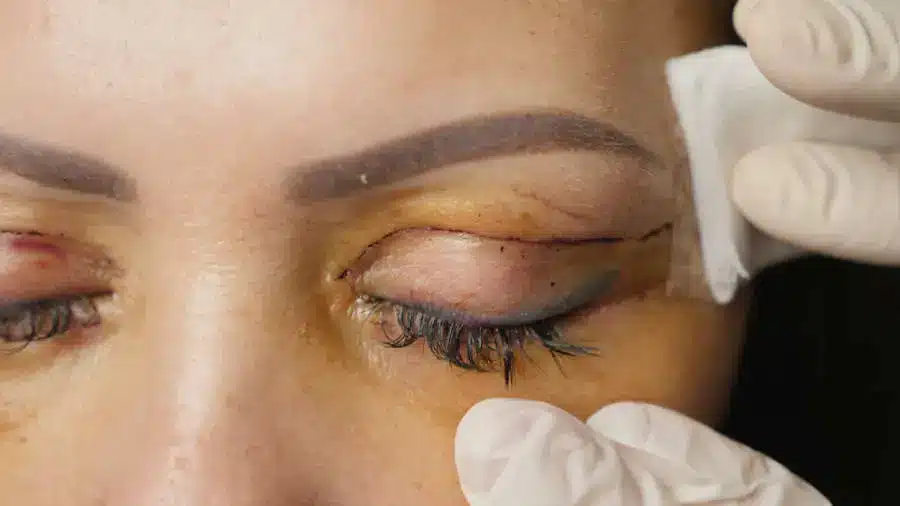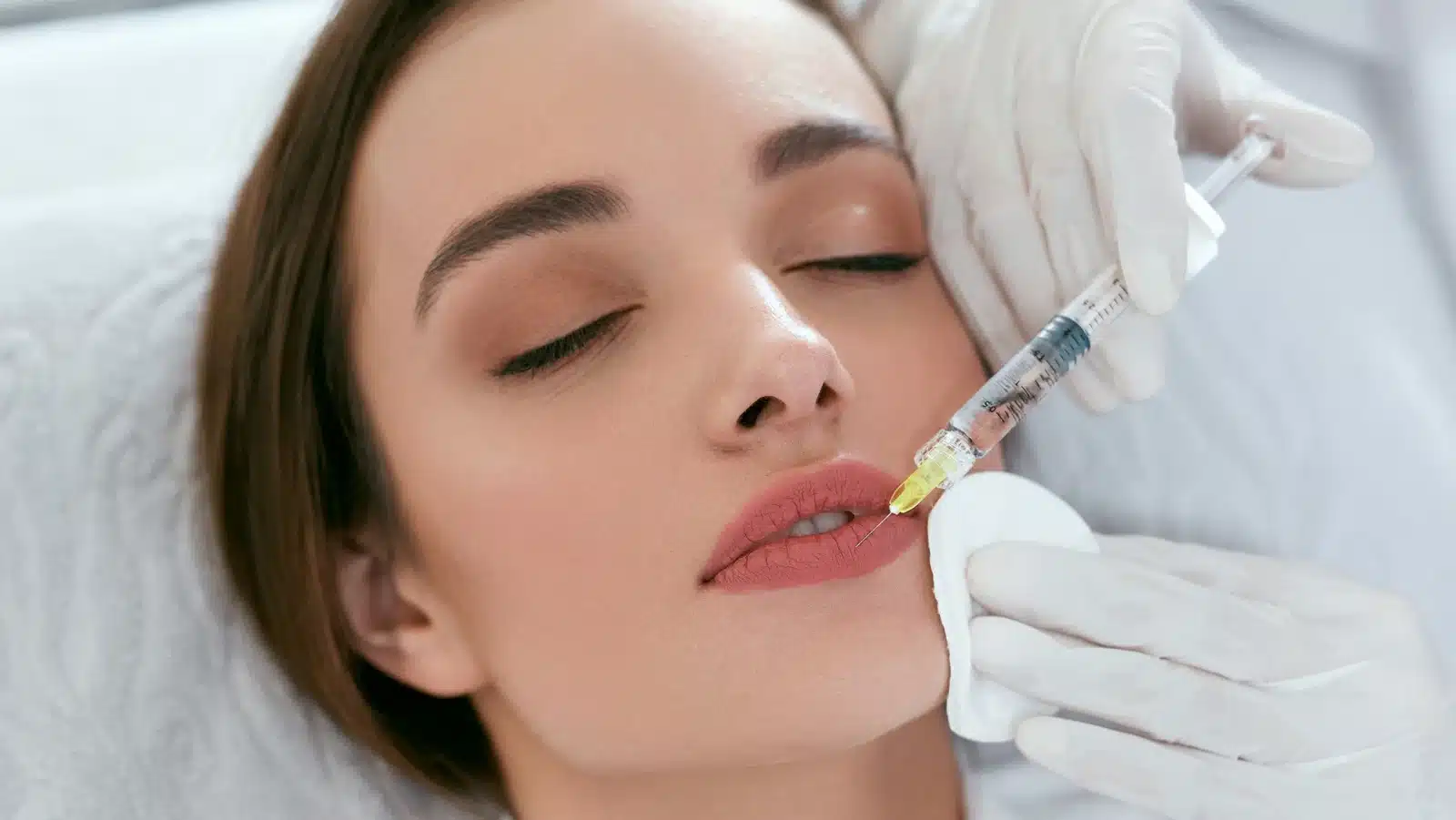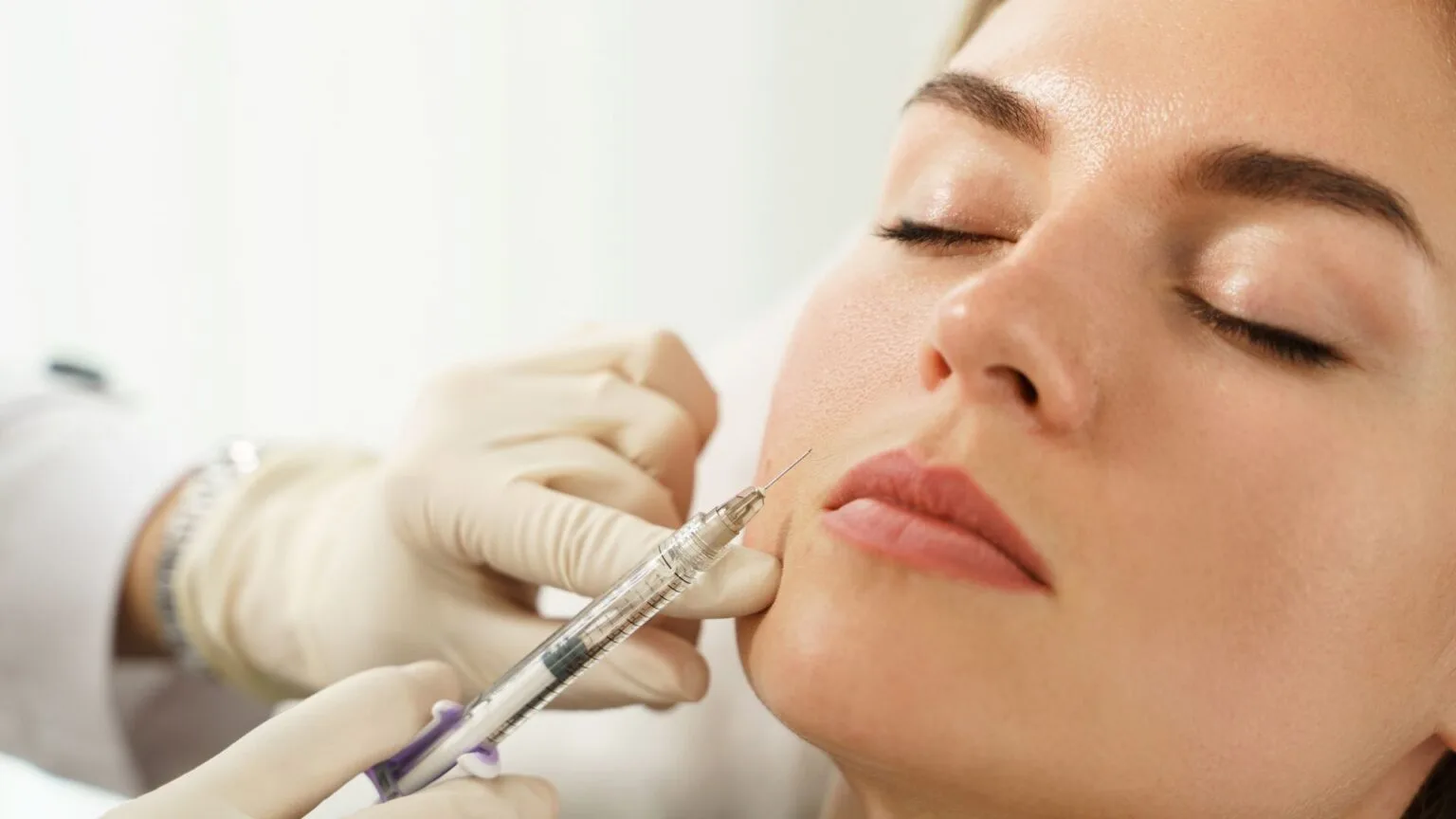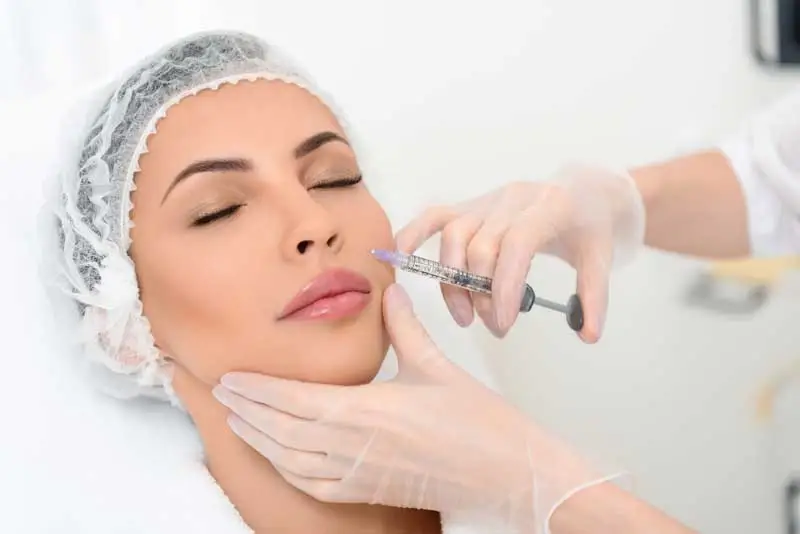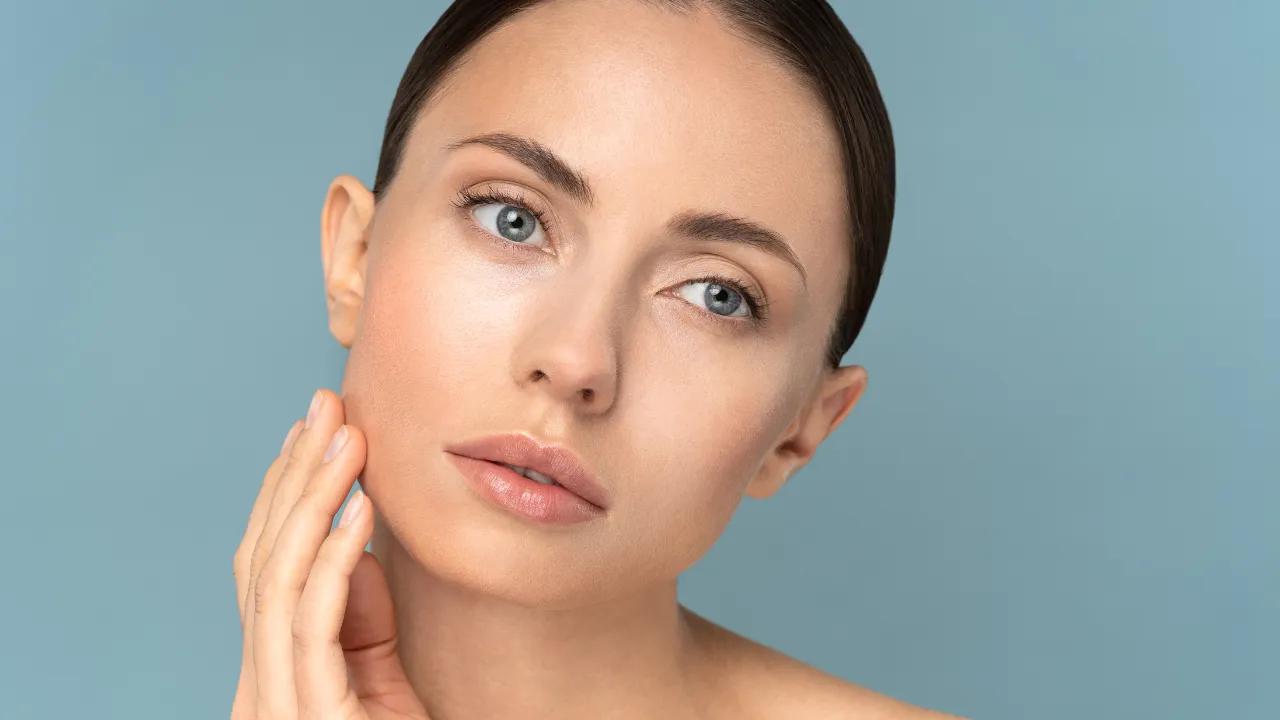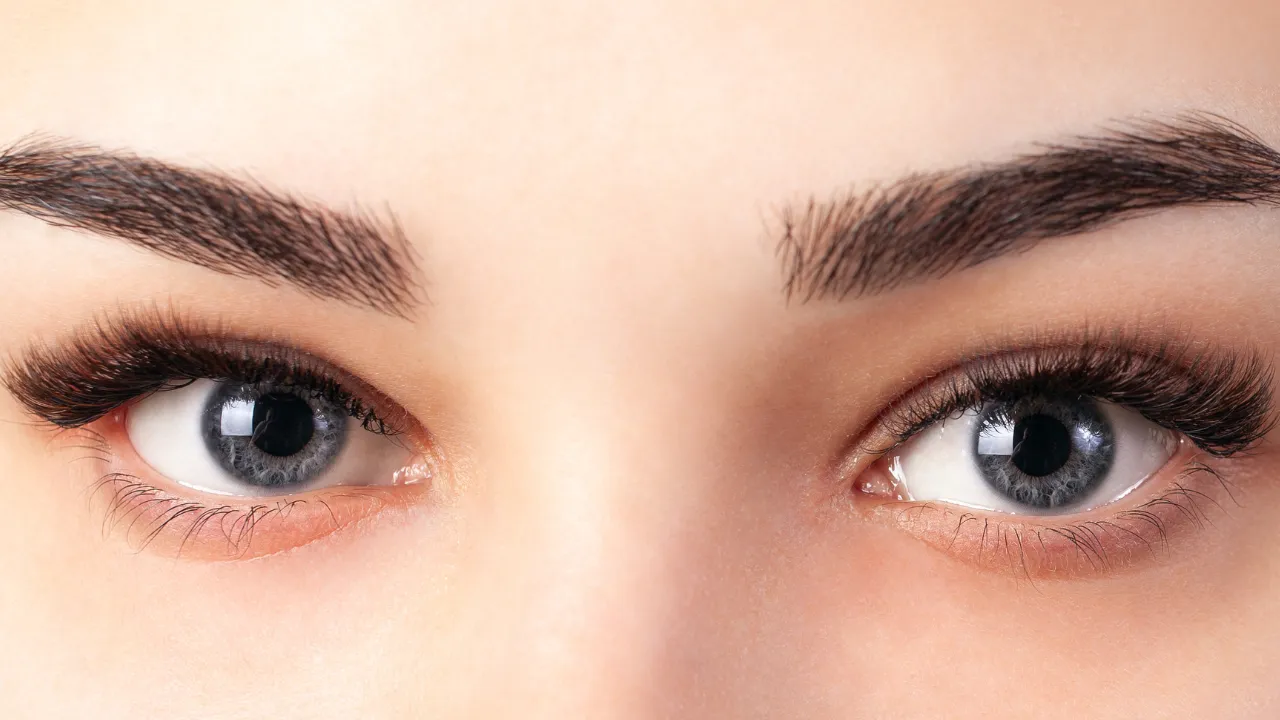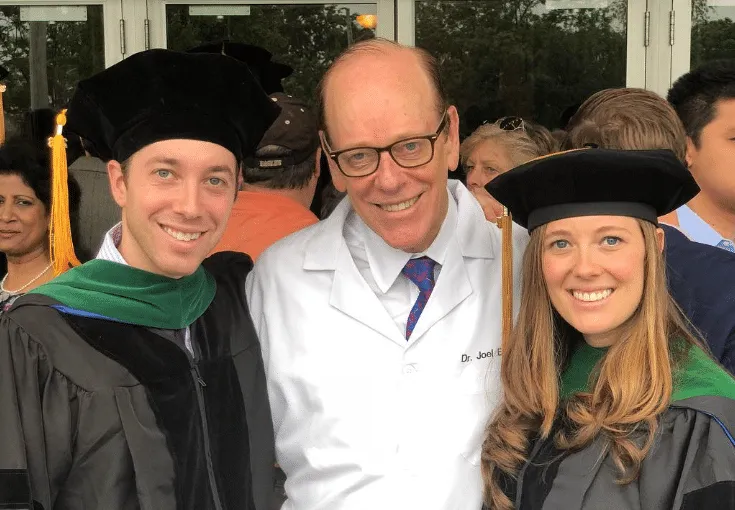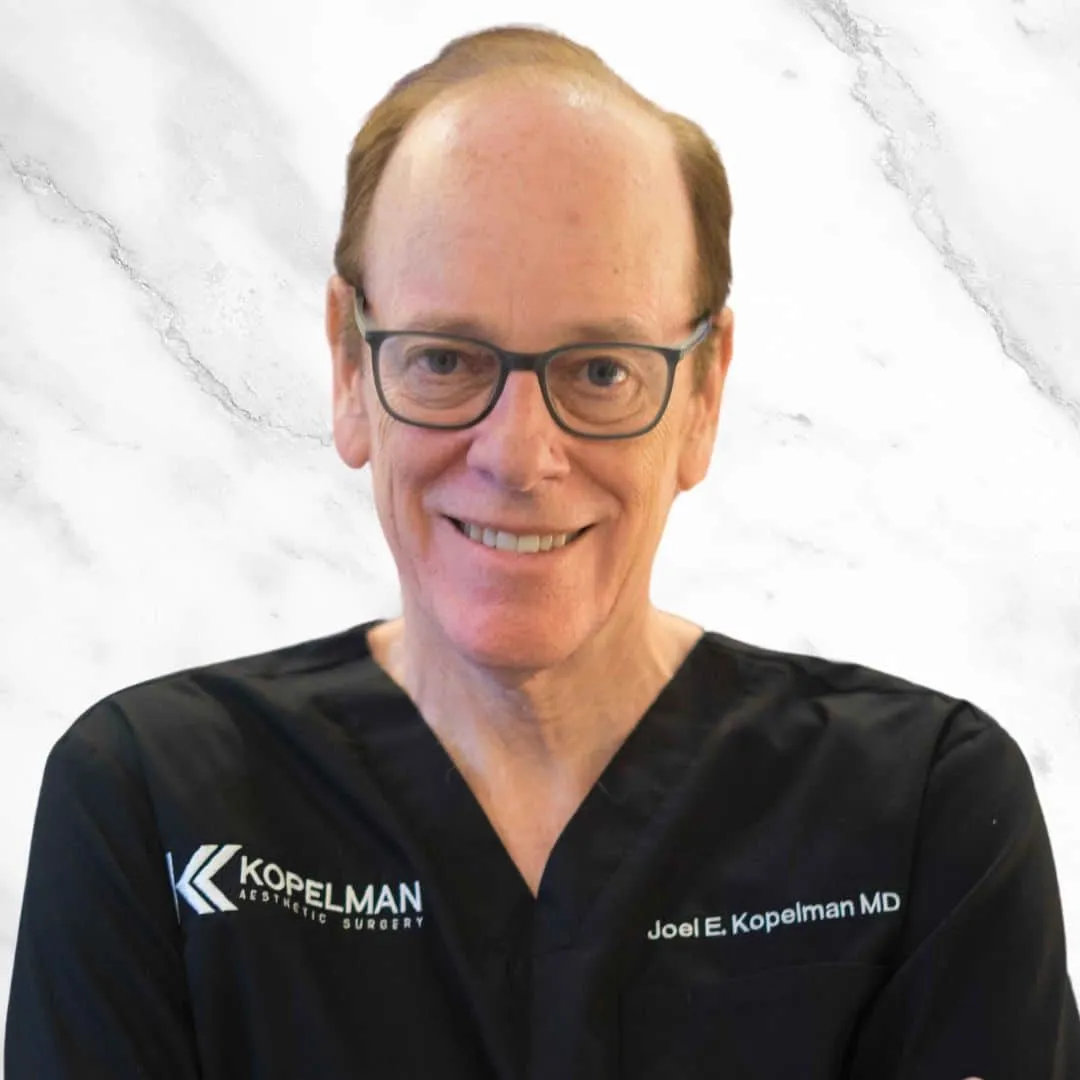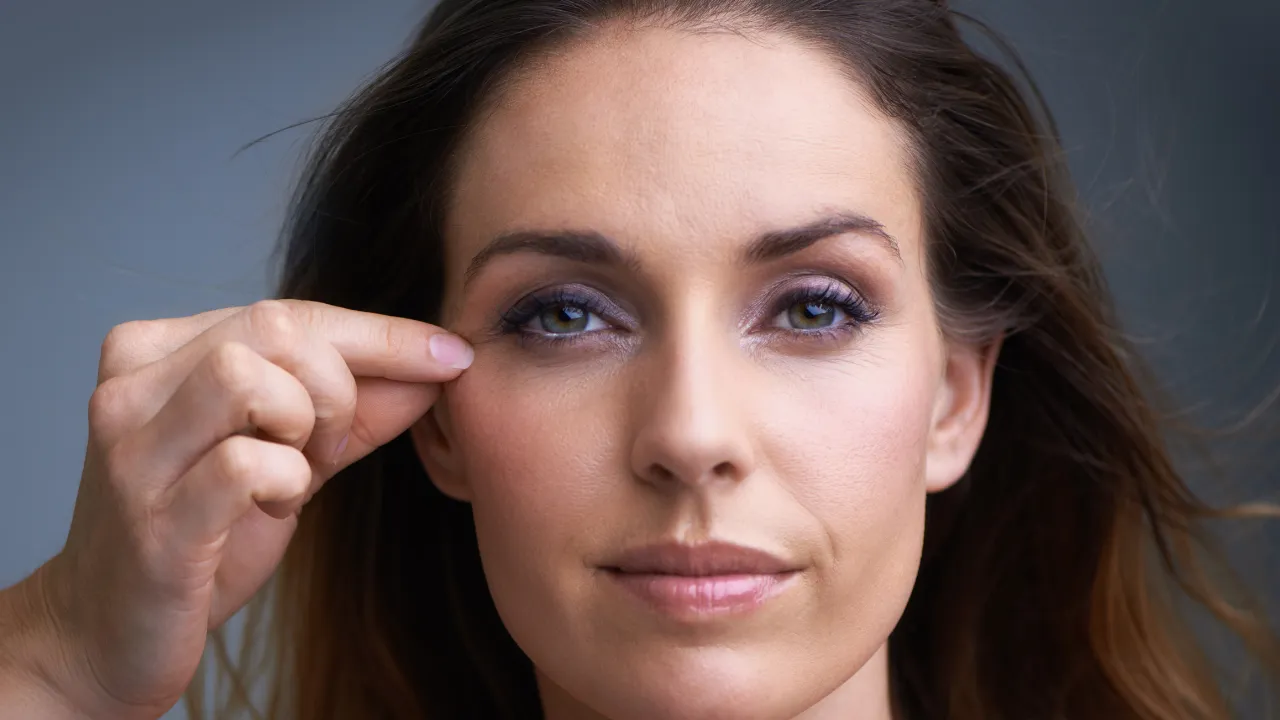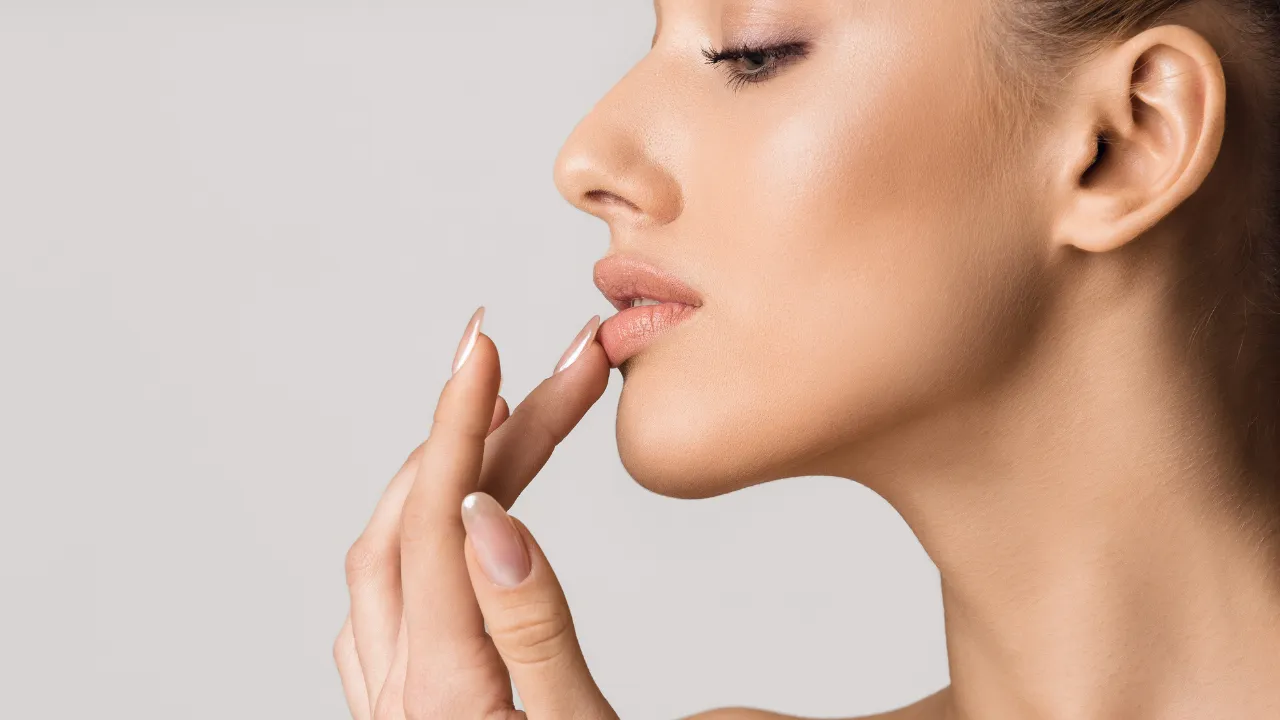Many patients at Kopelman Aesthetic Surgery ask the same question before committing to eyelid surgery: Does blepharoplasty hurt? Dr. Joel Kopelman, a board-certified facial and oculoplastic surgeon in New York, offers clear and honest answers based on over 35 years of experience.
Blepharoplasty is one of the most commonly performed cosmetic procedures for patients with functional or aesthetic concerns around the eyes. For some, it’s done to restore a youthful look. For others, it helps correct a medical condition that interferes with daily activities, especially when excess eyelid skin blocks the field of vision.
In short, blepharoplasty is not considered a painful procedure. Most patients describe the discomfort as mild and temporary. With proper anesthesia and aftercare, the pain is manageable and short-lived.
Table of Contents
ToggleWhat Is Blepharoplasty and Who Needs It?
Blepharoplasty is a surgical procedure for droopy eyelids that removes or repositions excess skin, fat, or muscle around the eyes. It can be performed on the upper or lower eyelids to improve both function and appearance.
What Is a Blepharoplasty?
This operation is designed to reduce sagging skin, correct under-eye puffiness, and improve peripheral vision. It’s commonly referred to as an operation to lift eyelids.
How to Qualify for Eyelid Surgery
You may qualify if you experience:
- Loose or sagging eyelid skin
- Puffiness or under-eye bags
- Tired or aged appearance around the eyes
- Vision obstruction due to excess skin
A consultation with Dr. Kopelman will help determine if you’re a good candidate based on your goals and medical history.
Pain, Healing, and What to Expect After Surgery
Does Blepharoplasty Hurt During the Procedure?
Most patients feel little to no pain during blepharoplasty. Local anesthesia is used to numb the area, and some patients may receive twilight sedation or general anesthesia. Sensations may include pressure or slight tugging, but not sharp pain.
Is Lower Eyelid Blepharoplasty More Painful?
A lower eyelid blepharoplasty involves more delicate tissue, but pain levels are still mild for most patients. Discomfort is often described as soreness or tightness during the first few days.
What Happens After Surgery?
You may experience:
- Swelling and bruising for 3–5 days
- Mild tightness or eye dryness
- Minor discomfort managed with cold compresses and medication
Some patients also report temporary symptoms of dry eye, such as irritation or a gritty sensation. These typically resolve within a few weeks and can be managed with lubricating drops.
Blepharoplasty Recovery Time and Healing Timeline
- Days 1–3: Swelling peaks; bruising may appear
- Days 4–7: Sutures may be removed; bruising fades
- Week 2: Most visible signs improve
- Week 3+: Eyes appear more refreshed and natural
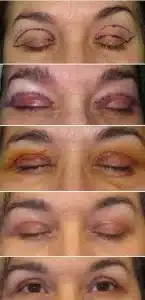
The typical blepharoplasty healing time varies, but most patients see visible improvements within the first two weeks. Your healing process depends on your age, skin type, and whether you underwent upper, lower, or combined blepharoplasty procedures.
How Long Does Blepharoplasty Take?
The procedure typically lasts 45 minutes to 2 hours, depending on whether one or both eyelids are being treated.
How Long Does It Take to Recover from Eyelid Surgery?
Most patients return to normal activities within 7–10 days and feel comfortable returning to work within 7 to 10 days. However, heavy lifting or intense physical activity should be avoided for at least two weeks to allow the tissue to heal properly.
How Dr. Kopelman Helps Patients Minimize Discomfort
Dr. Joel Kopelman takes a personalized approach to managing discomfort. He reviews each patient’s health background to determine the safest anesthesia and aftercare plan.
His process includes:
- Selecting the right type of anesthesia (local vs. twilight sedation)
- Giving clear aftercare instructions in writing
- Providing access to the surgical team for any post-op concerns
- Recommending gentle cold compress routines and prescription eye drops
His decades of experience in lower blepharoplasty eyelid surgery and under-eye surgery help ensure a smooth, low-pain recovery.
Real Results and What to Expect Visually
Blepharoplasty Before and After
Patients often review before-and-after photos to understand expected results. These images highlight reduced puffiness, smoother contours, and a more alert appearance.
Photos One Week After Eyelid Surgery
By day 7, swelling and bruising are significantly reduced. The incisions begin to fade, and the eyes start to look more natural.
Upper Blepharoplasty Recovery Photos Day by Day
Progress photos help patients track healing. These images show a typical timeline from the immediate post-operative period to three weeks after surgery, with improvements visible each day.

Risks, Costs, and Final Considerations
What Is the Downside of Blepharoplasty?
Risks include:
- Dry or irritated eyes
- Temporary blurred vision
- Asymmetry
- Mild scarring
- Rare infections
Most side effects are mild and short-lived, especially when patients follow aftercare instructions and attend their follow-up visits. These are uncommon when the procedure is done by a specialist like Dr. Joel Kopelman.
Upper Eyelid Surgery Cost
Costs vary but typically range from $8,500 to $9,000. The price depends on the complexity of the procedure, the type of anesthesia, and the location. Check out our blepharoplasty cost article for more detailed information.
When to Call Your Doctor
Contact your surgeon if you experience:
- Persistent or severe pain
- Unusual swelling or redness
- Fever or discharge
Common Patient Questions About Pain and Healing
What does eyelid surgery feel like afterward?
Most patients describe the feeling as tightness or mild stinging. It’s not sharp pain, but more like soreness or sensitivity near the incision. Ice packs and prescribed drops provide quick relief.
Do I need prescription pain medication?
In most cases, no. Over-the-counter medication like acetaminophen is usually enough. Stronger medications are rarely needed unless complications arise.
Can I sleep flat after surgery?
Sleeping with your head elevated during the first few nights helps reduce swelling. A few pillows or a wedge cushion works well.
How soon can I wear makeup or contacts again?
Most patients wait 7–10 days before applying makeup. Contact lenses should be avoided for at least one week or until cleared by your surgeon.
Aftercare Tips for a Comfortable Recovery
Proper aftercare can help reduce discomfort and speed up the healing process. Follow these simple guidelines:
How to Manage Pain and Swelling
- Use cold compresses for 10–15 minutes each hour for the first 2 days
- Sleep with your head elevated to minimize swelling
- Avoid rubbing or touching the eyes
Activities to Avoid
- No strenuous activity for at least 7 days
- Avoid makeup, contact lenses, and screen strain during early recovery
- Protect your eyes from sunlight using sunglasses
These steps help support healing after sagging eyelids surgery and reduce the risk of complications.
If you’re considering under-eye surgery, Kopelman Aesthetic Surgery offers a medically sound and patient-centered approach. With Dr. Kopelman’s expertise and functional eyelid corrections, you’ll receive care tailored to your goals—whether cosmetic, medical, or both.
If you’re exploring options for eyelid, brow lift surgery or want to learn more about your best path forward, contact Kopelman Aesthetic Surgery to schedule a consultation with Dr. Joel Kopelman.

